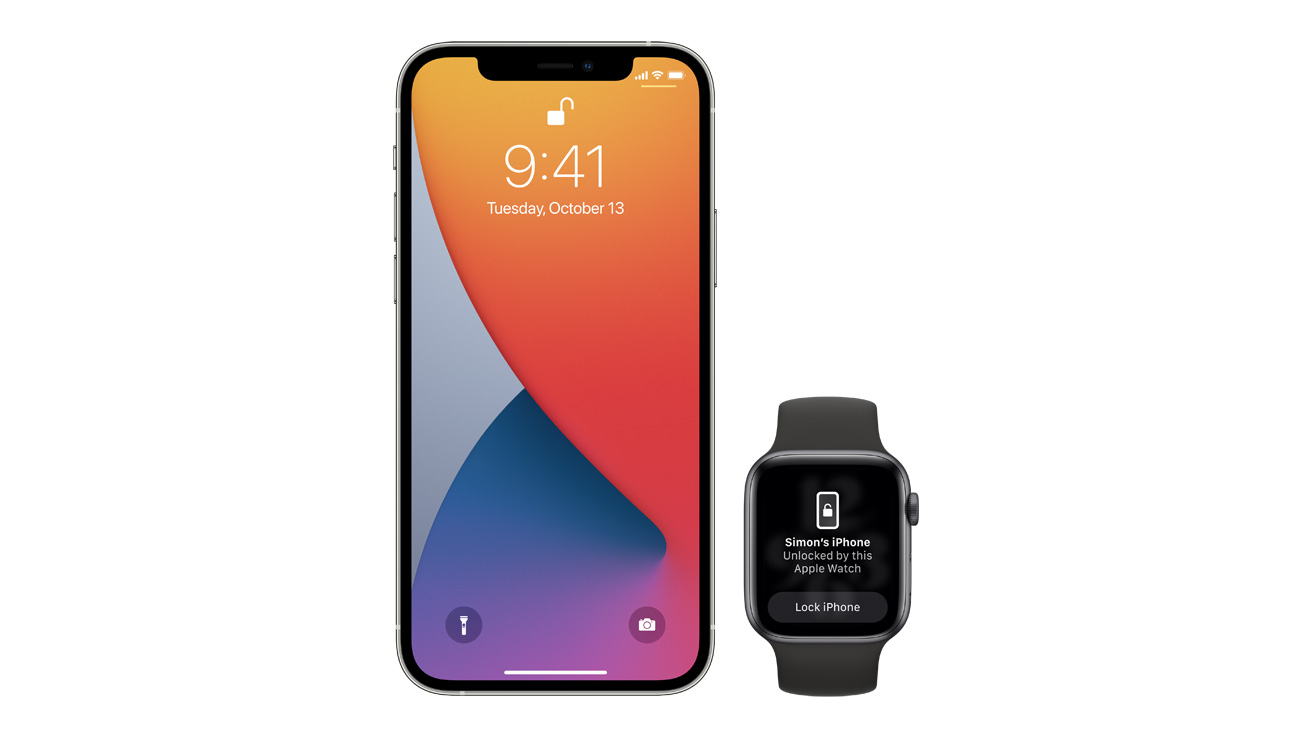With Apple's new software update, you can use a mask to
unlock your iPhone.
 |
| Image by - apple |
The iOS 14.5 update for iPhones has been released by Apple.
This update includes a number of useful and essential features. One of these is
the option to use your mask to unlock your iPhone. This is important since the
iPhone X and subsequent models lack a fingerprint sensor. However, there is a
catch. This feature will only work if you have an Apple Watch.
You'll need to download and install the iOS 14.5 update on your iPhone first. Open Settings > General > Software Update to do so. This applies to iPhone X and later models, as well as Apple Watch Series 3 and later models. On your Apple Watch, you don't have to do something.
All you have to do now is change your iPhone by following these steps: On your iPhone, visit the Settings menu. Select ‘Face ID & Passcode' from the drop-down menu. Then find ‘Unlock with Apple Watch' and enable it.
When you enable this feature, your iPhone's Face ID will unlock when it detects a mask-wearing face. This feature will only function if your Apple Watch is unlocked and close by. When your iPhone senses a mask-wearing face, it will send a haptic and message to your Apple Watch, prompting you to unlock it. Recognizing any face behind a mask can appear to be a challenge, but in the end, you'll need your Apple Watch to unlock it. When this happens, you can also opt to re-lock your iPhone from your watch. Since the pandemic is far from over and we will need to wear masks, this function would be extremely useful.
Comments
Post a Comment
If you have any doubts, Please let me know